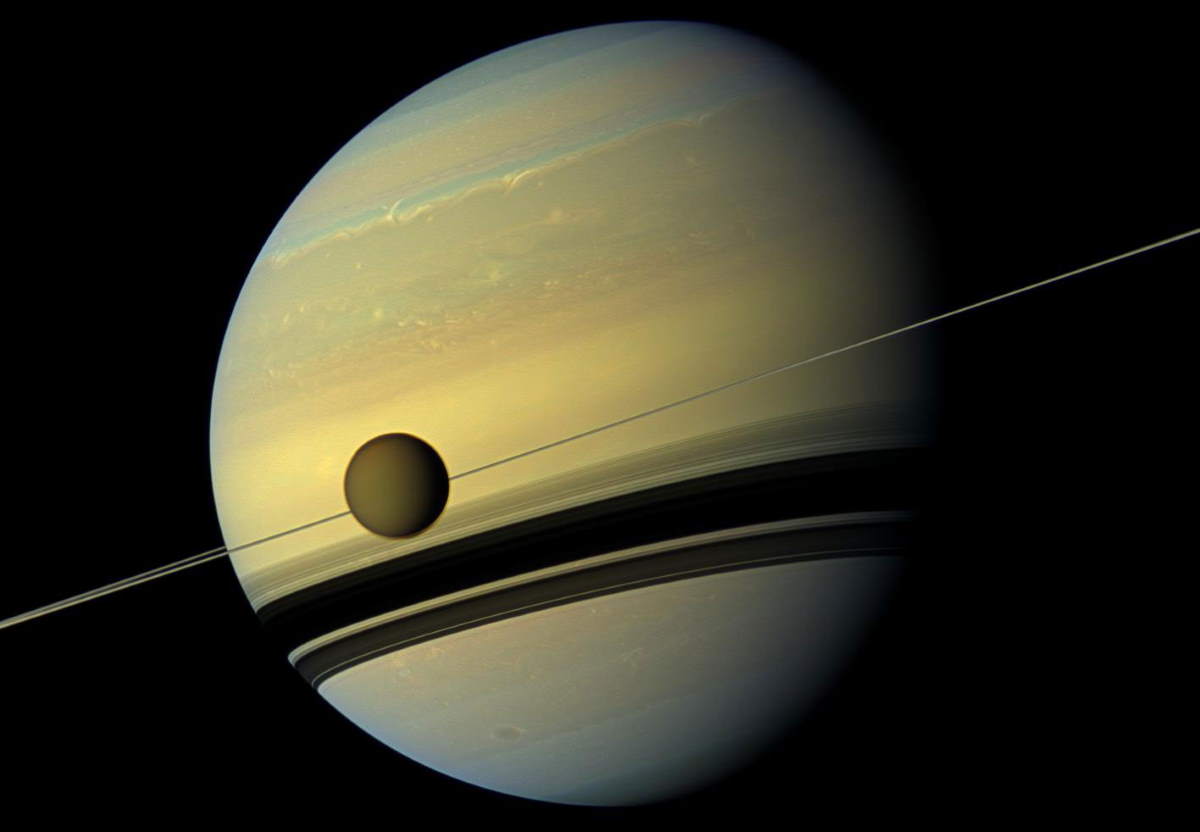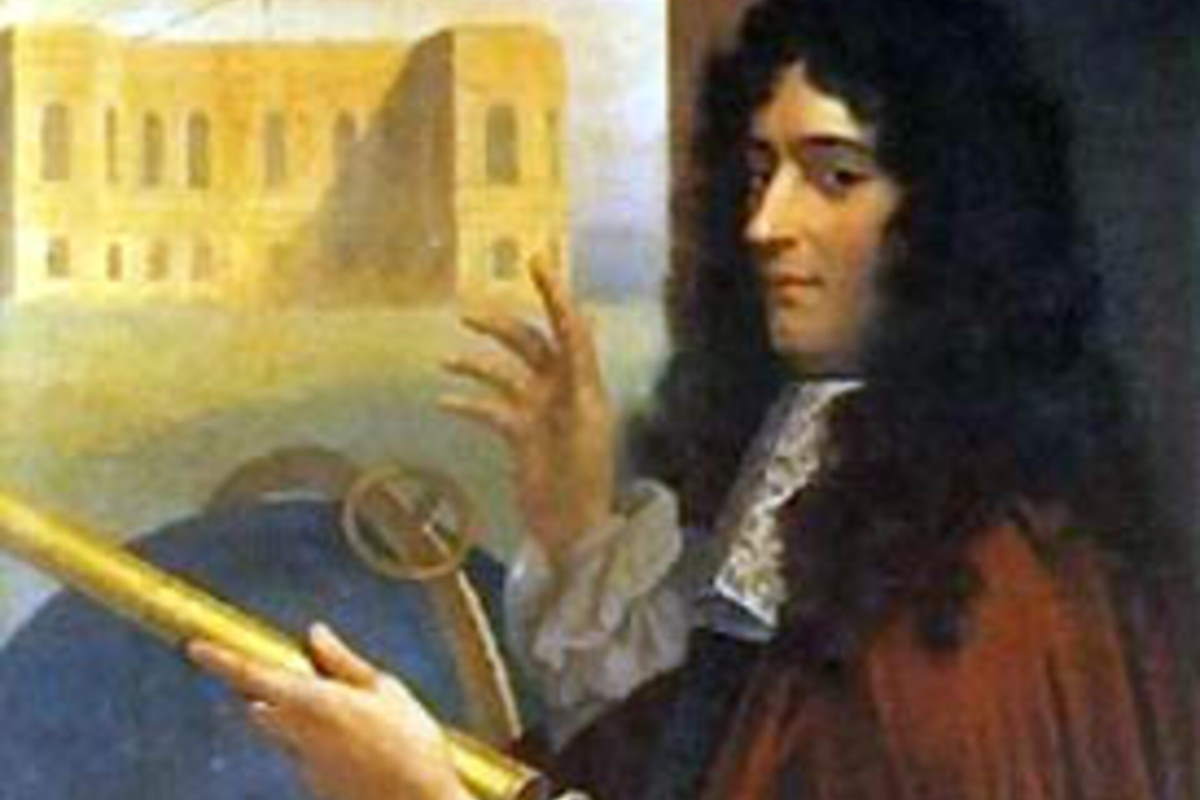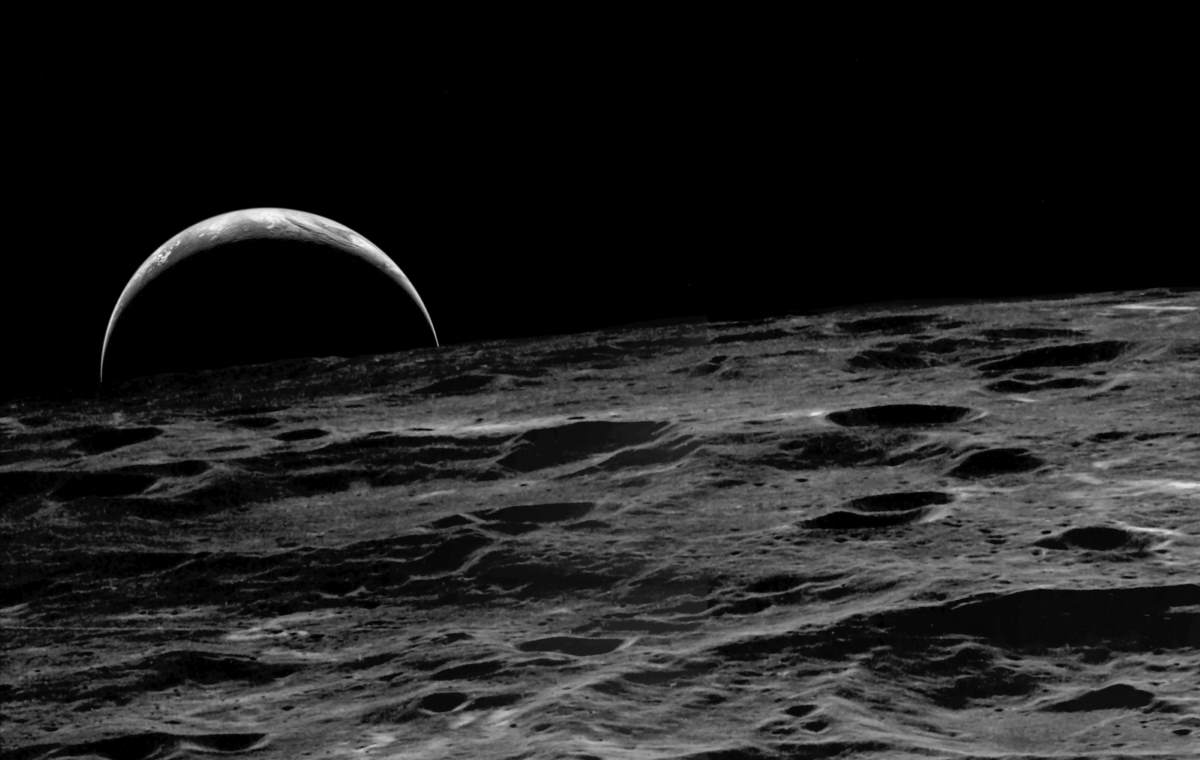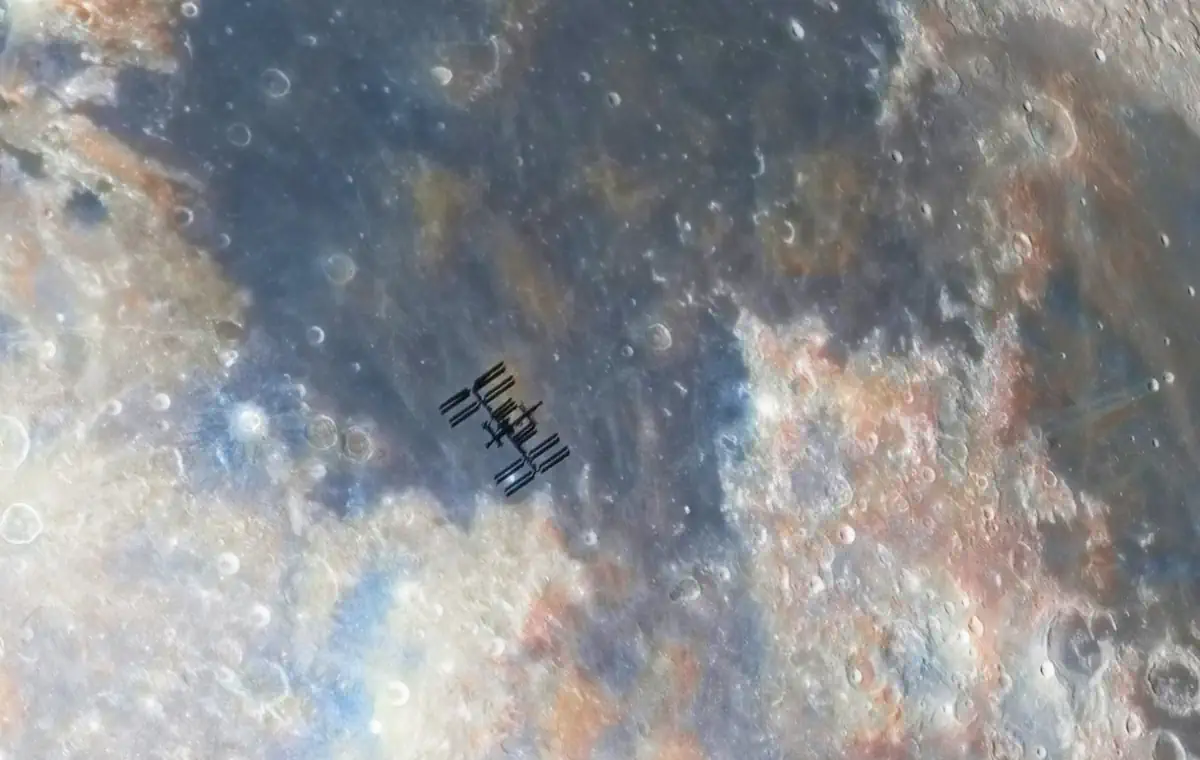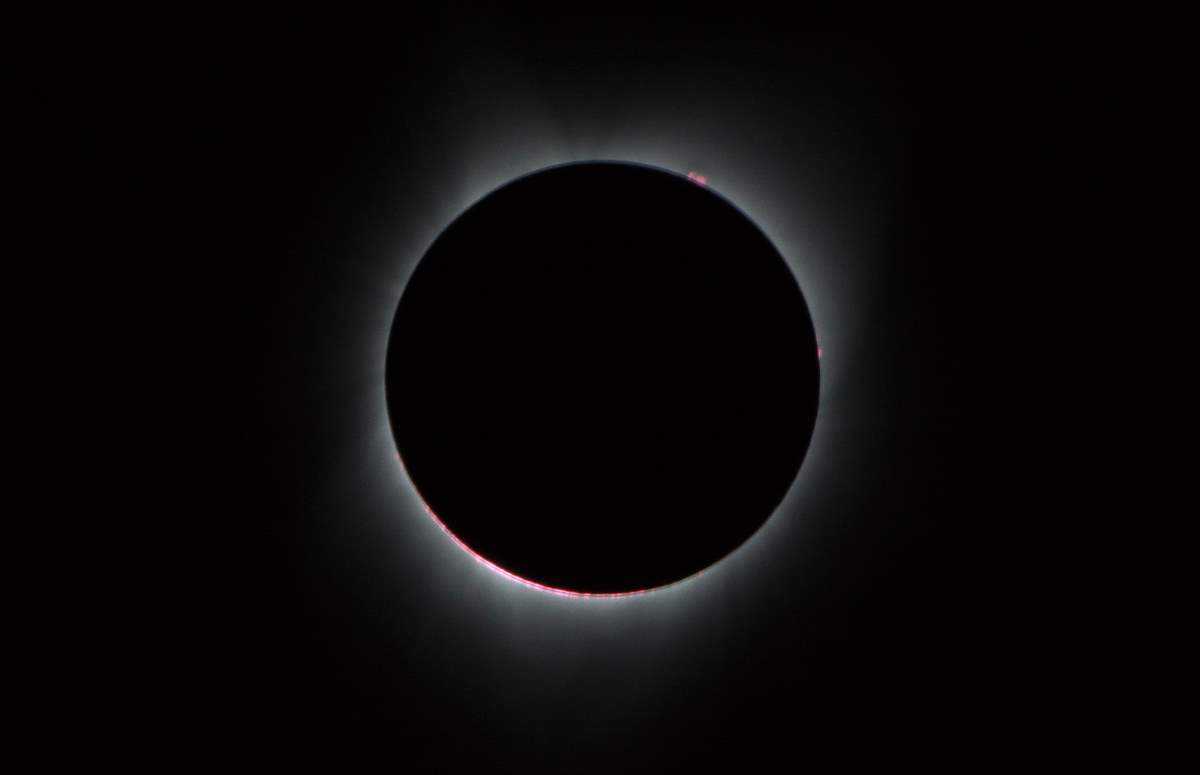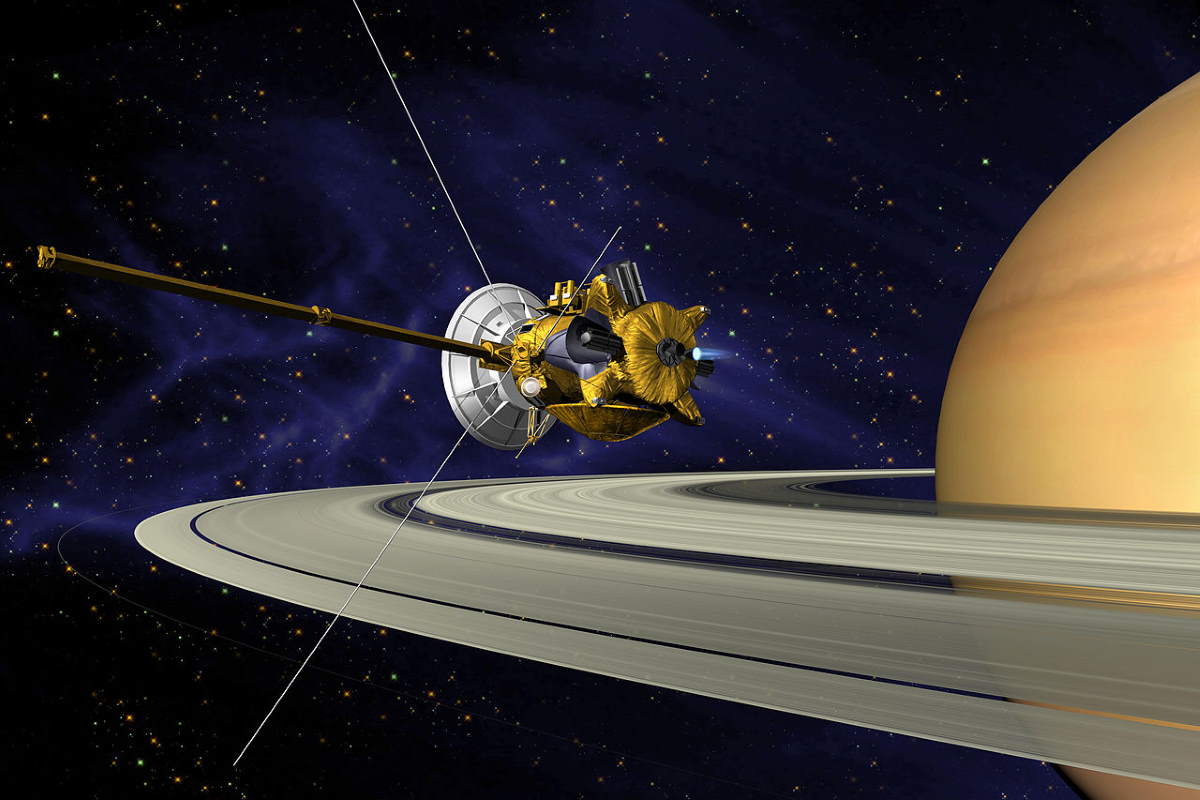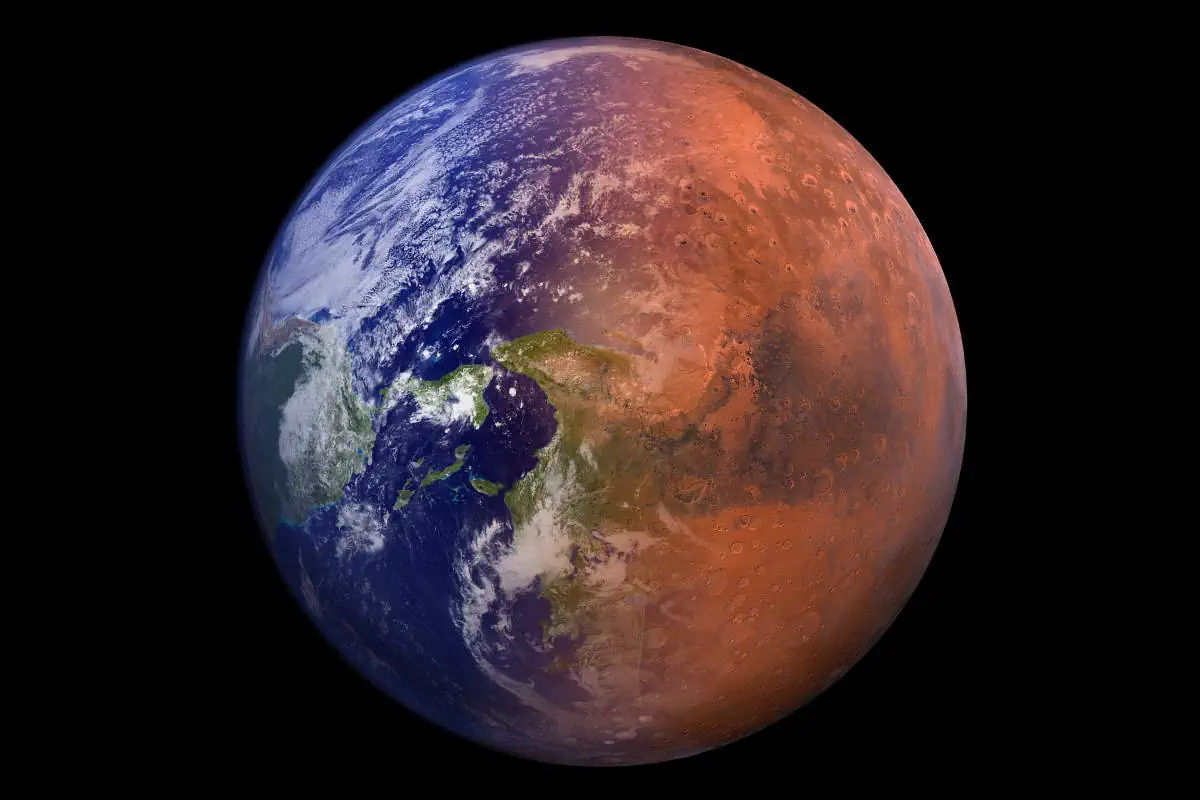On March 25, 1655, the Dutch mathematician, physicist, astronomer, and inventor Christiaan Huygens discovered Titan, Saturn’s largest moon and the second-largest natural satellite in the Solar System (after Jupiter’s Ganymede). Today’s (March 25) story of what happened this day in Science, Technology, Astronomy, and Space Exploration history.
Category Archives: Solar System
Cassini discovered Saturn’s moons Tethys and Dione on March 21, 1864
On March 21, 1864, the Italian mathematician, astronomer, and engineer Giovanni Domenico Cassini (8 June 1625 – 14 September 1712) discovered Saturn’s moons Tethys and Dione. Cassini used a refractor telescope with an aperture of 108 mm to make this observation. Today’s (March 21) story of what happened this day in Science, Technology, Astronomy, and Space …
Continue reading “Cassini discovered Saturn’s moons Tethys and Dione on March 21, 1864”
Giotto spacecraft made the closest approach to Halley’s Comet on March 13, 1986
On March 13, 1986, European Space Agency‘s (ESA) Giotto spacecraft made the closest approach to Halley’s Comet at a distance of 596 kilometers (370 miles). Today’s (March 13) story of what happened this day in Science, Technology, Astronomy, and Space Exploration history.
Earth Phases as seen from the Moon
Earth’s phases in the Moon’s sky are exactly the opposite of the Moon’s phases in the Earth’s sky. Is there a full moon? The Earth is dark in the Moon’s sky. It’s half-moon? The Earth is also half. Moon is a slim crescent? Earth is almost full.
Can you see an astronaut on the Moon via a strong telescope? No, here’s why
As NASA plans to return to the moon, will we be able to see the astronauts on the Moon via a really strong telescope, when they were landed?
ISS Transiting Moon over the Apollo 11 landing site! [Amazing video]
Astrophotographer Andrew McCarthy published on his Twitter account an amazing video of the International Space Station (ISS) transiting the Moon, over the landing site of Apollo 11, the first moon landing mission. Such an incredible amount of human achievement is represented in just one short video!
Solar Eclipse Calculator: a nice tool by NASA
Today I learned that there’s a solar eclipse calculator on the NASA website. Its official name is JavaScript Solar Eclipse Explorer (JSEX). Using this solar eclipse calculator, you can compute the local circumstances for every solar eclipse visible from a city for any century from -1499 to 3000 (1500 BCE to 3000 CE).
Triumph at Saturn: Cassini’s Grand Voyage [Documentary]
NASA Jet Propulsion Laboratory (NASA JPL) has published a great documentary about Casini Spacecraft’s grand voyage (and its finale) around Saturn. Titled “Triumph at Saturn”, the two-part documentary chronicles the story of NASA’s Cassini mission.
When did we first realize that Saturn had rings
Before the invention of the telescope, no one on Earth knew that Saturn had rings until the 1600s. Galileo Galilei discovered them with his telescope in 1610, but he did not know what these were either. Thus they remained a mystery until 1655 when the Dutch astronomer Christiaan Huygens (see notes 1) figured out that they …
Continue reading “When did we first realize that Saturn had rings”
How Mars Died? The Death Of Mars
Mars is now a cold and extremely arid desert that is constantly bombarded with deadly solar radiation. It has a very thin atmosphere (it’s really thin, it is practically almost a vacuum) and no liquid water. But that was not always the case. Billions of years ago, Mars had liquid water on its surface. It …
